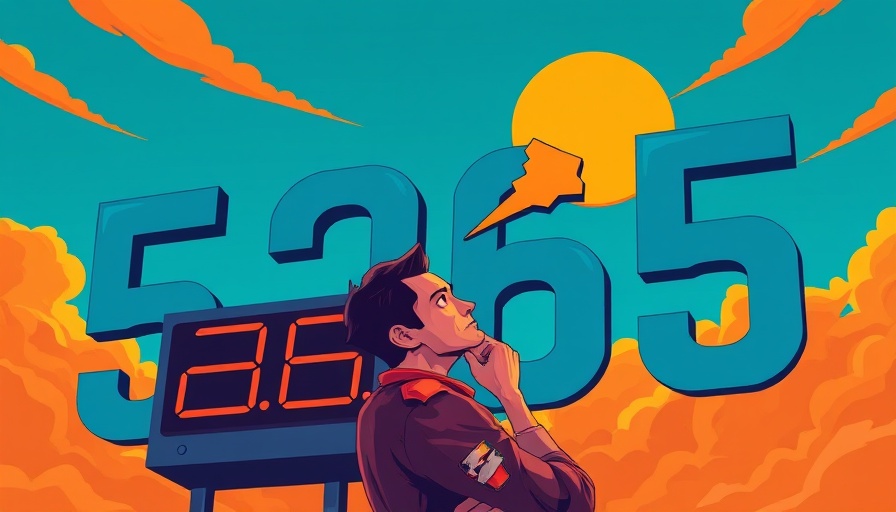
Are AI Avatars Becoming Too Real?
As advancements in artificial intelligence progress at a dizzying pace, the latest offering from Synthesia showcases hyperrealistic AI-generated avatars that are capable of generating virtual likenesses of real people. Recently, I had the opportunity to create an avatar of myself and was struck by its unsettling realism; it could easily pass as a high-definition video. This raises important questions: as these avatars are designed to become more interactive and responsive, how will our interactions with them shape our perceptions of reality?
The Climate Tech Race: Is the U.S. Falling Behind?
In a stark reminder of how quickly technology can advance, the U.S. appears to be lagging in the clean energy sector. While innovations in solar technology began in America, the country now finds itself outpaced by China, which exported an astonishing $40 billion in solar products last year compared to a mere $69 million from the U.S. This shift in leadership not only highlights the risks taken by businesses invested in fossil fuels but also underlines the critical need for a robust renewable energy strategy moving forward.
The Role of Celebrities in AI Interactions
In addition to the complexities introduced by hyperrealistic avatars, the proliferation of AI chatbots impersonating celebrities poses unique challenges. Reports of AI versions of stars like Timothée Chalamet engaging in inappropriate conversations with underage users emphasize the ethical dilemmas attached to virtual representations. As society increasingly interacts with AI in various forms—from avatars to chatbots—the implications for personal security and societal norms cannot be ignored.
 Add Row
Add Row  Add
Add 




Write A Comment